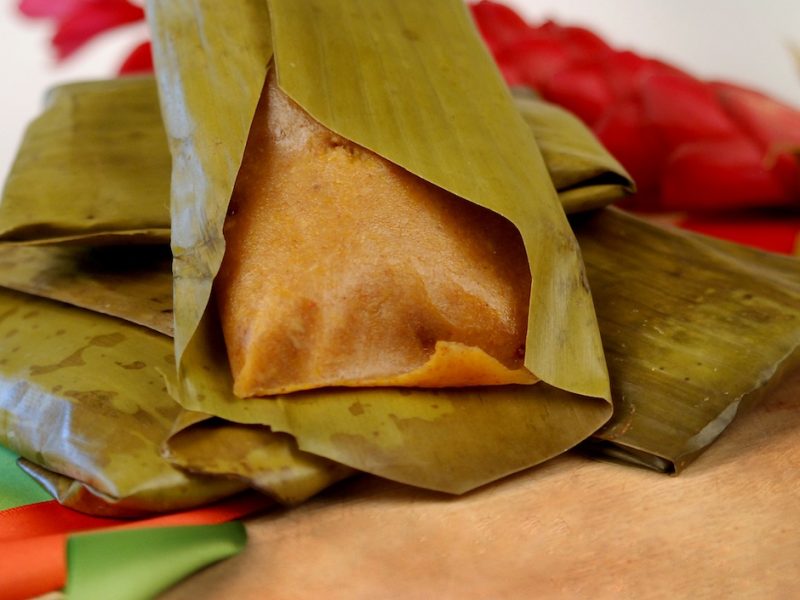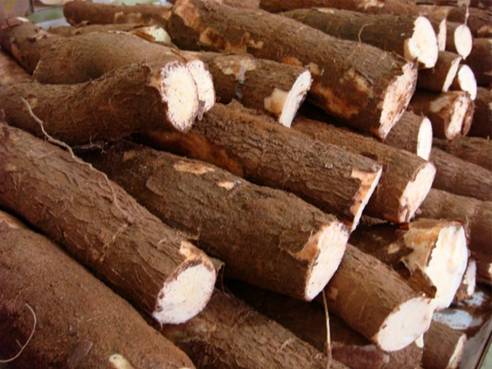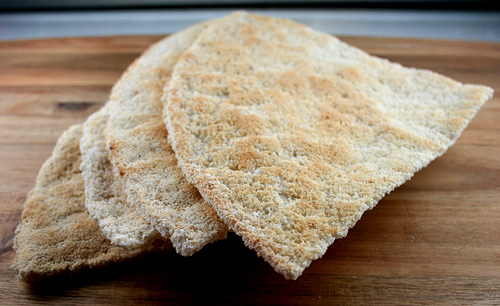The Beginning – Carib and Arawaks – SXMCooks Food column.
St. Maarten/St. Martin is an amazing island to live on. Not only are there countless beautiful beaches, lovely scenery and an incredible variety of restaurants but there are also an eclectic mix of wonderful people.

Folks who have arrived on this island over the years have brought with them the foods from their home countries, from way back when the Arawaks and Caribs lived here to present day. Visitors from all over the world make their vacation homes here, so as a result, the island has seen different dishes being prepared and enjoyed.
Today we are most fortunate to have some of the best supermarkets, delis, provisioning stores and fresh food markets to be found anywhere in this region. All these stores supply to the needs and demands of the different ethnic groups that have found their way to St. Maarten/St. Martin.
The “Passionate Foodie” has taken on the task of recording recipes from all ethnic groups on SXM so that everyone can have the opportunity to share, prepare and delight in the favourite dishes of those that live amongst us. We begin with our first instalment, back to pre-Columbian times:
Caribs
These are people of the Lesser Antilles, Amerindians whose origins lie in the southern West Indies and the northern coast of South America. The Caribbean Sea was named after them.
The Caribs took advantage of cassava and fish as the foundation of their diet. They fished in the rivers with their hands, nets, or herbs that anesthetized the fish. They also fished in the ocean, where they showed great courage in their square sailed pirogues, large boats that could carry up to 50 men.
Arawaks
The Arawak Indians were the first people Christopher Columbus saw when he came to the new world. The Arawak people were considered primitive because they could neither read nor write. But in fact when you consider the following, they actually appear civilized:
- Arawaks made significant contributions to the outside world by the crops they grew. They introduced guava to the islands.
- Arawak words are still used today; maize, potato, cassava and tobacco.
- They had marks of complex societies (civilizations) such as their religion, other leisure activities and their ball games.
- They formed communities and had a form of government.
- They used herbs for medicine and pleasure.
- They used seasonings when cooking.
- They cultivated their plots.
- They had well-built strong canoes and highly polished artefacts.
St. Maarten
The first recorded groups of people who lived on SXM were the Caribs and the Arawaks whose diet consisted of mainly seafood, ground provisions, wild birds and some smaller animals like the agouti.
Some of these dishes are still around today although, with the introduction of newer varieties of plants, the end result would probably not be totally recognized by these earlier peoples. Their cooking method was mainly over an open fire and when not actually roasting over the coals, they often wrapped their food in leaves instead of the tin-foil we have today.The Passionate Foodie attended the “I love My Ram” in Colombier again this year and had a “conkie” wrapped in Almond Tree leaves. To die for! (I wish I had that recipe.)
Conkies
Conkies surely must have been around almost forever although the refined sugar used today instead of palm sugar or perhaps just the sweet juice from sugar cane would make the flavour very different. Conkies are also a lot of work.

Cassava
Also called yucca or manioc, cassava is grown for its enlarged starch-filled roots. The roots are prepared much like potato, they can be peeled and boiled, baked or fried. It is not recommended to eat cassava uncooked because of potentially toxic concentrations of cyanogenic glucosides. Cassava was carried to Africa by Portuguese traders from the Americas. Very simple and tasty cassava bread is made in Jamaica and is called “bammy.” This must be much the same recipe used since time immemorial by the Arawaks and Caribs.
RECIPES
Simple cassava bread
Peel the cassava very carefully making sure the entire outer thin brown skin comes away with the purple coloured skin underneath.
Slit the cassava lengthwise into four pieces and remove the centre tough strings if there are any.
Put these pieces through the grater of a food processor (or grate by hand).
Collect the grated cassava into a double layer of cheese cloth and squeeze out the juice.
Pat a small handful of cassava into a thin round disc and fry this in a pan wiped with a little vegetable oil.
Fry one side till browning around the edges and turn to brown the other side. This takes only a few minutes.
Serve this bread with stew or as a side.

Caribbean Marinade
This West Indian marinade has been made for generations, although the wine, vinegar, orange juice and soya sauce must be more recent additions. It is suitable for fish, game, poultry and pork. Allow meat to marinate for at least an hour or overnight before cooking. Remember to adjust the number of chilli peppers to your taste. Be very careful of the hot Habanera or Scotch Bonnet peppers.
Ingredients:
6 green onions, chopped
3 TBL minced shallots
2 cloves garlic, minced
1 tsp ground ginger
1 TBL ground allspice
1 tsp ground black pepper
2 scotch bonnet chilli peppers, chopped
1 tsp ground cinnamon
½ tsp ground nutmeg
1 tsp salt
1TBL brown sugar
½ cup fresh orange juice
½ cup cider vinegar
¼ cup red wine
¼ cup soy sauce
¼ cup vegetable oil
1 TBL molasses
Method
Combine the green onions, shallots, garlic, ginger, allspice, ground black pepper, chilli peppers, cinnamon, nutmeg, salt, brown sugar, orange juice, vinegar, wine, soy sauce, oil and molasses.
Mix well, cover and let sit for one hour to allow the flavours to meld.
Stir before using with fish or meat.
Discard any remaining sauce.

Early history so interesting and the origin of exotic foodstuffs – great recipes too. Will try the sauce but with a reduced chili component – overly sensitive palate!